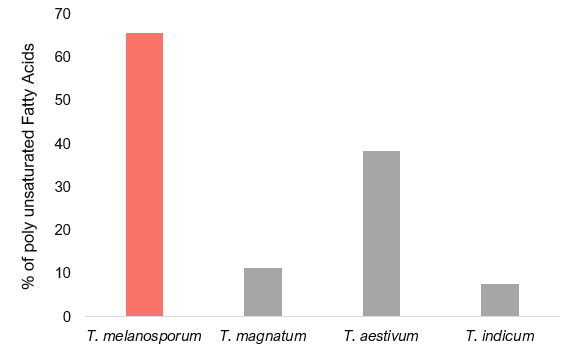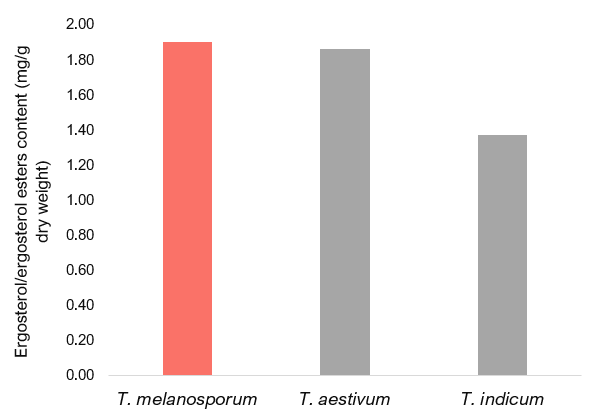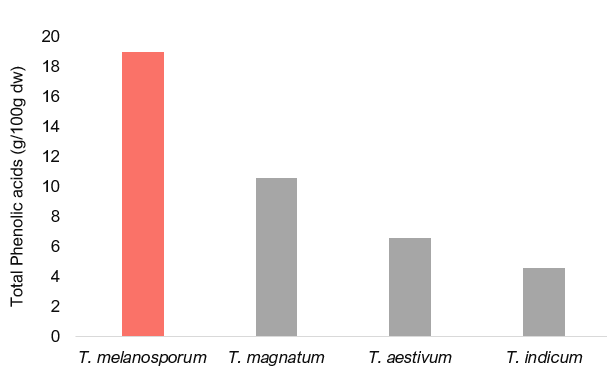Decoding the Mysteries of Truffle for Cosmetics
Richerenches, a small village 20 kilometers away from our headquarters in Nyons, is the world center for what is often referred to as the Black Diamond, the Tuber melanosporum truffle, which has an exquisite flavor and what many believe to be special nutritional properties.
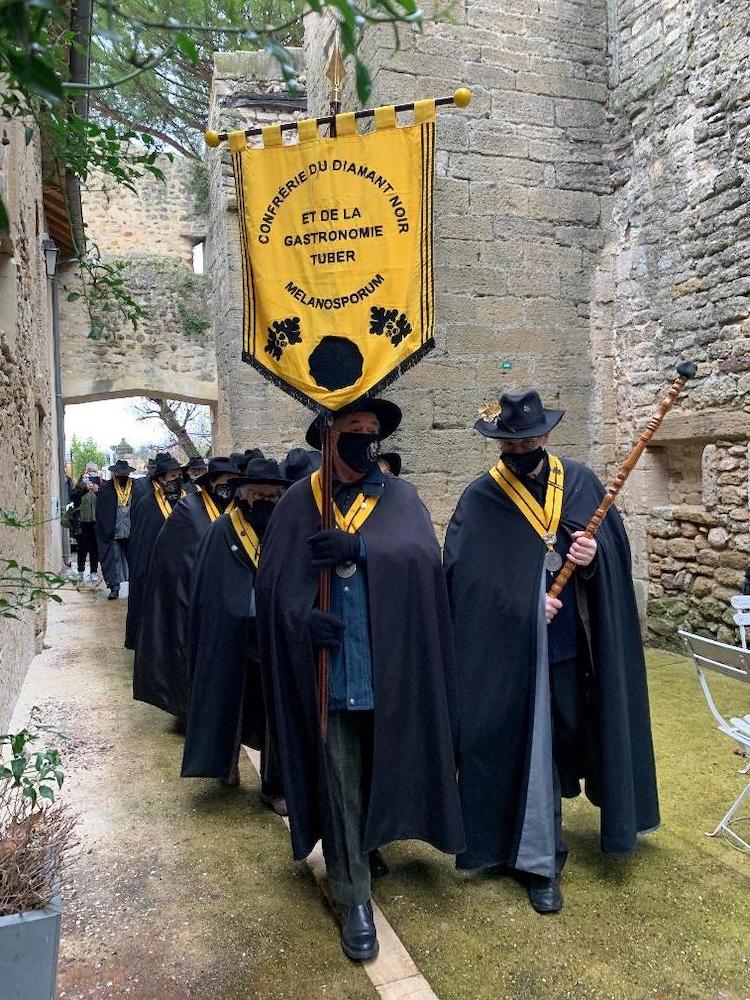
France is the world leading producer of truffles with ~30% of the world's annual output, and ~70% of French truffles are produced in the area of Richerenches. Truffle aficionados are plenty in this area. Yet it is difficult to unravel all the mysteries surrounding the Black Diamond.
It all starts with the plantation. Even though most agree that it takes at least 10 years for an oak tree to allow truffles to grow within its root system and that only about a third, at best, of these trees will “produce” truffles, there have been an array of highly localized techniques for optimizing the reproduction of these trees and pruning them. It is also recognized that the soil and the weather conditions, especially in August, are critical for the development of truffles.
When it comes to harvesting the truffles, humans cannot do it alone. For a long time, pigs have been used to find truffles. More recently, dogs have become the primary helpers. Not surprisingly, there are different opinions on which works better. Even though the Lagotto from Italy seem to be the fastest learners, any dog can become a helper. The training of the dogs and the associated outcomes are more of an art than a science. The picking à la mouche, with a little fly as the helper, is also practiced. We experienced picking à la mouche ourselves and found that it requires very good eyes, good sunlight, a warm enough temperature, no wind…and some luck. With all these conditions granted, yes, the fly stops exactly on top of the truffle, which is typically situated 5 to 15 cm below the ground.
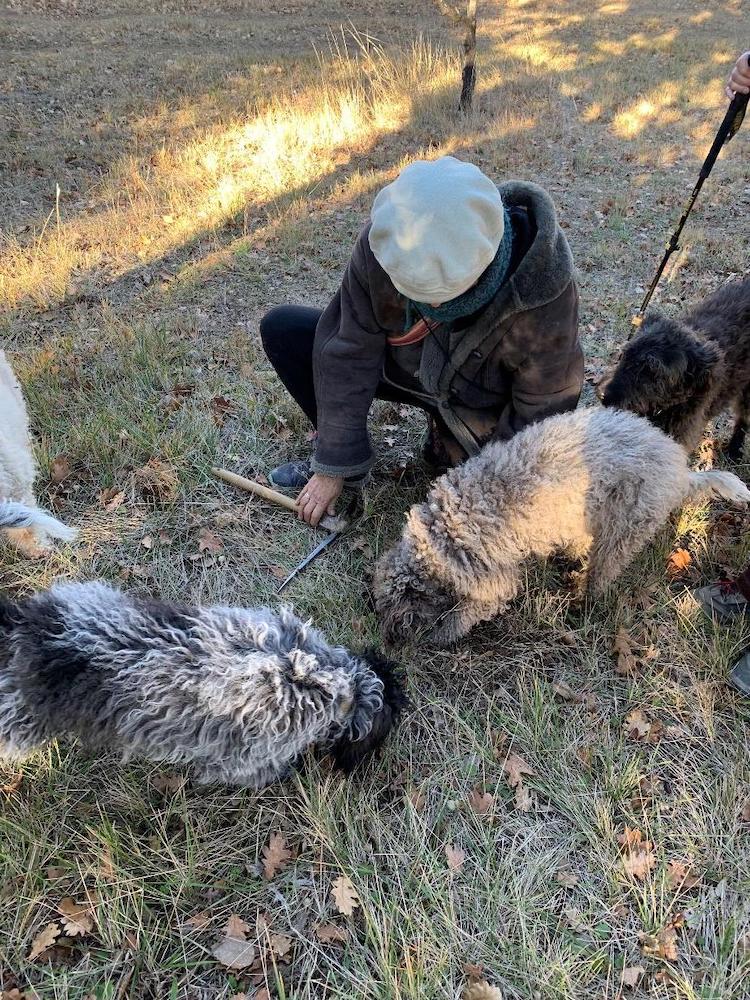
Like animals, humans are attracted to truffles because of the scent they produce. The aroma and taste of truffles are often described as musky, earthy, and pungent; this can be attributed to the pheromone androstanol and other volatile compounds such as aldehydes and sulfides. Tuber Melanosporum boasts an impressive nutrient profile and contains a high amount of many important vitamins and minerals, such as carbs, protein, fibers, saturated and unsaturated fatty acids, and micronutrients like vitamin C, phosphorus, sodium, calcium, magnesium, manganese and iron. It is also a great source of antioxidants, such as vitamin C, lycopene, gallic acid and homogentisic acid; these compounds help fight free radicals and prevent oxidative damage to your cells. Our ProActive™ Black Diamond (INCI: Tuber melanosporum (French Black Truffle) extract (and) Theobroma Cacao (Cocoa) Seed Butter) concentrates these precious ingredients and encloses and protects them in a skin-friendly butter matrix. ProActive™ Black Diamond delivers the essence of Richerenches truffles to global cosmetic consumers.
In addition to a unique aroma, Tuber melanosporum provides richer cosmetic active ingredients as compared to other truffle species:
